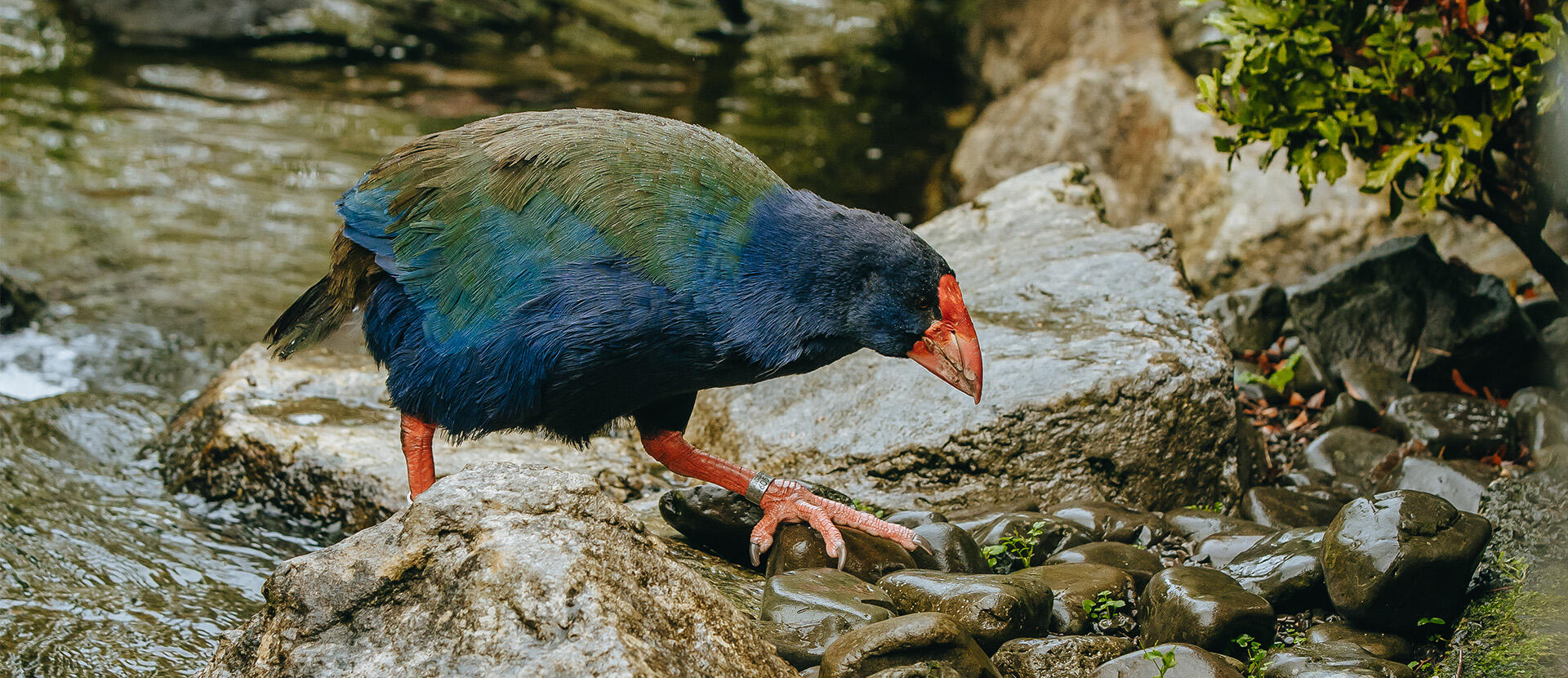We are all connected to nature, and we can practise kaitiakitanga. Students will learn how Aotearoa is home to unique animals which face modern-day threats from introduced pests, and our role in helping to protect them.
To protect our taonga (precious) species, students will learn practical, hands-on skills like how to identify animal tracks and ways to monitor and protect their local spaces. From tracking tunnels to pest control, our facilitators will get students engaged and empowered to make a difference.
Bookings are essential. Available during term time. *Different rates may apply to international student groups.


